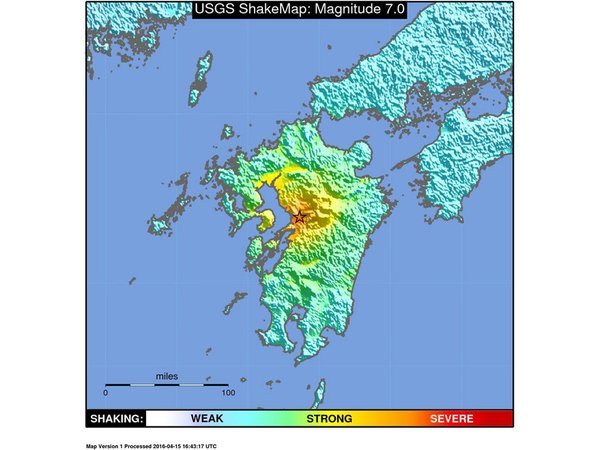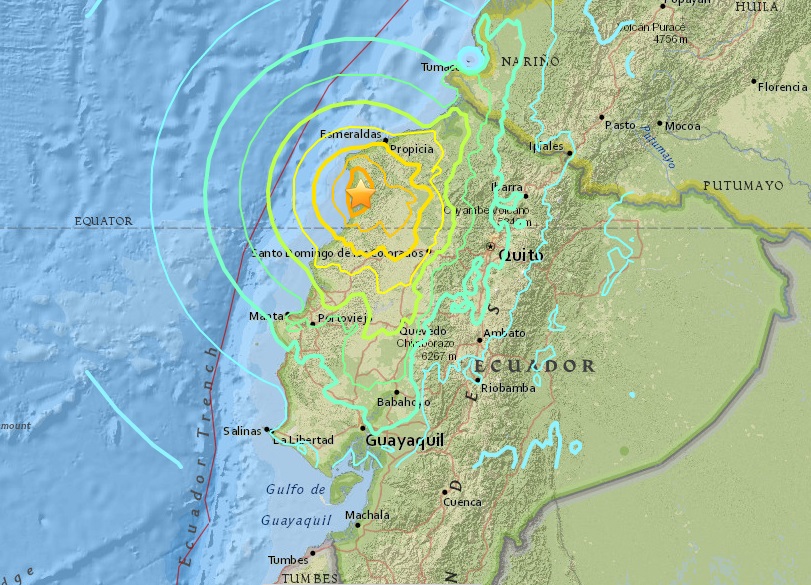
On Thursday, April 14, a 6.5 magnitude earthquake jolted the residents of Japan's Kyushu Island. The tremor that struck near the town of Ueki in the Kumamoto Prefecture occurred just before 9:30 pm local time and resulted in 9 deaths and over 850 injuries. An additional 44,000 people were rendered homeless. Though numerous smaller aftershocks followed, most experts believed that the worst was over.
But they were wrong. On April 16 at 1:25 am local time, the Kumamoto Prefecture was rocked by an even bigger, 7.0-magnitude earthquake. So far, it is believed to have caused at least 41 deaths and over 2,000 injuries. Hundreds of thousands of residents remain without water or power. To make matters worse, the area has been hit with heavy rains, increasing the possibility of mudslides and hindering efforts to deliver relief supplies and aid to those living in the countryside.

While people worldwide were still digesting the events, came news of another even more powerful earthquake in Ecuador, South America. The 7.8-magnitude that followed many months of smaller tremors hit Muisne, a sparsely populated coastal town at about 7:00 pm local time on Saturday, April 16. The massive quake, one of the strongest to hit Ecuador in decades, has killed at least 350 people, injured over 2,000, and caused roads and bridges in the vicinity to buckle and collapse. In the coastal tourist town of Pedernales, 80% of the buildings have been reduced to rubble.
As rescue teams in both Japan and Ecuador continue to seek survivors trapped in the collapsed buildings, experts are trying to determine if there any connection between the tremors that took place about 9,590 miles apart across the Pacific Ocean.

Though it's too early to tell, Paul Caruso, a geophysicist with the U.S. Geological Survey, says that while "there's ongoing research in "remote triggering," the idea that a big quake can cause another quake a long distance away," the chances of the earthquakes being connected are slim. Given that they all occurred along the "Ring of Fire," a 40,000 km horseshoe-shaped area that lies on the edge of the Pacific plate, he is probably right. This is after all, where 90% of the world's quakes occur.
Regardless of whether they are connected, the damage has been done. Residents of both nations are now trying their best to recover from nature's fury and hoping that the earth underneath them does not shake again.
Resources: cnn.com, guardian.co.uk,bbc.com